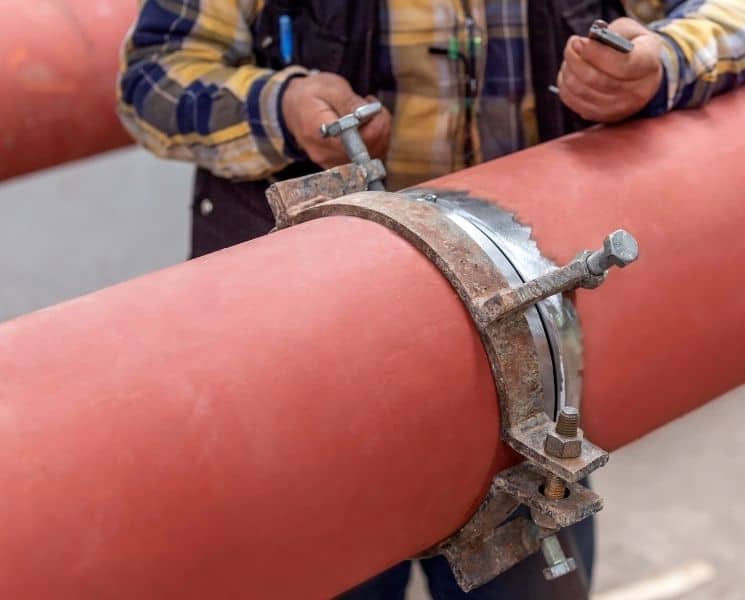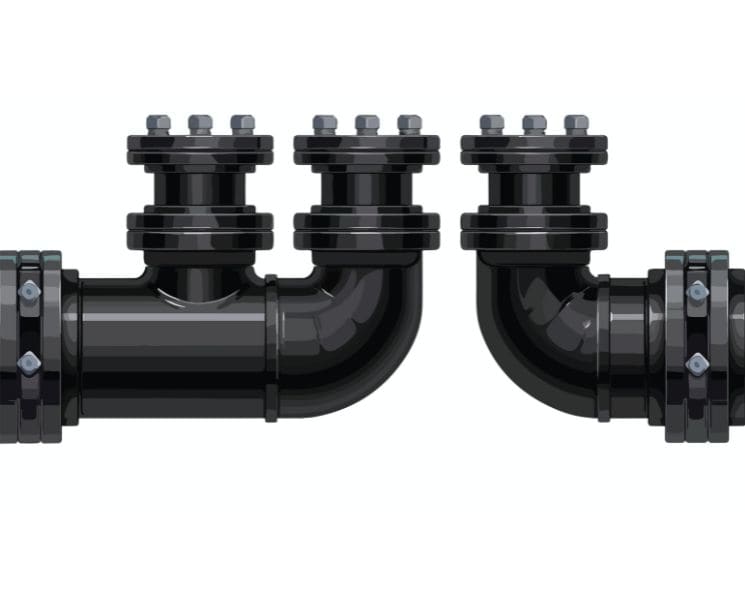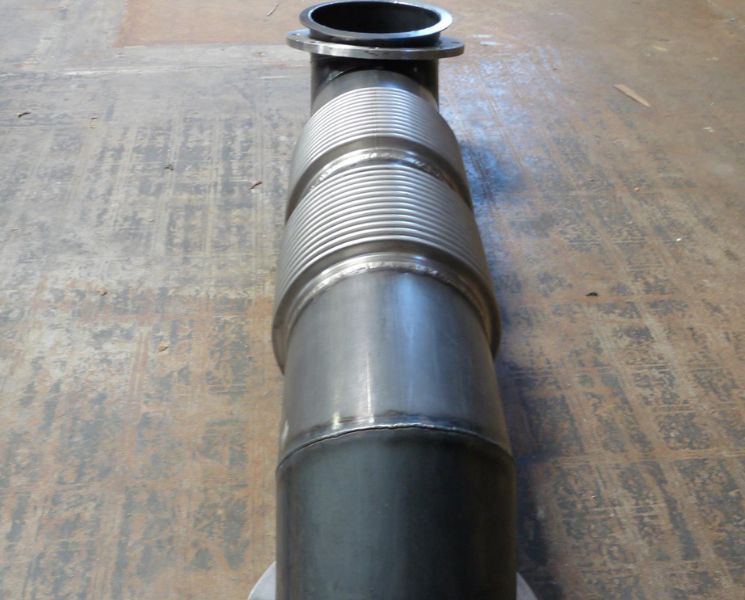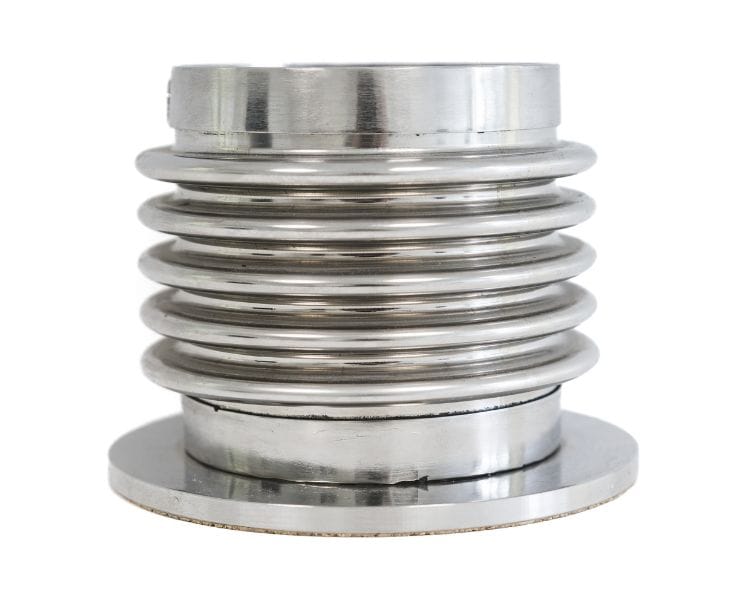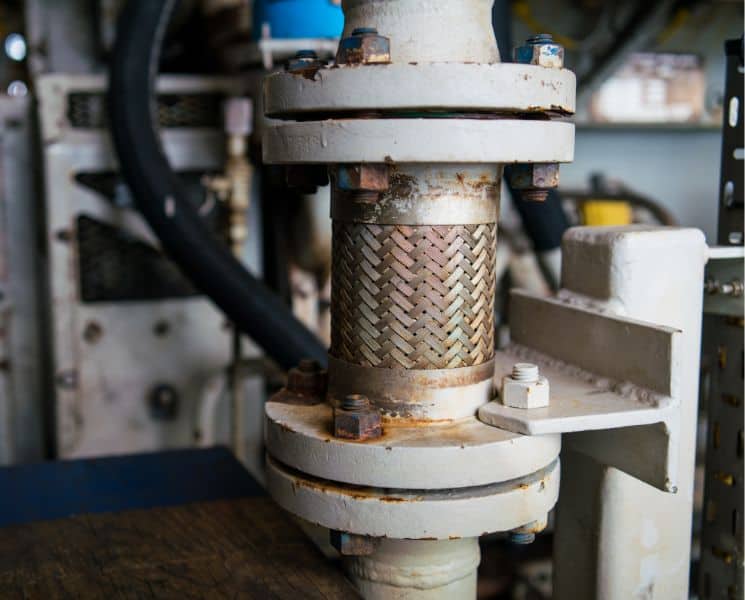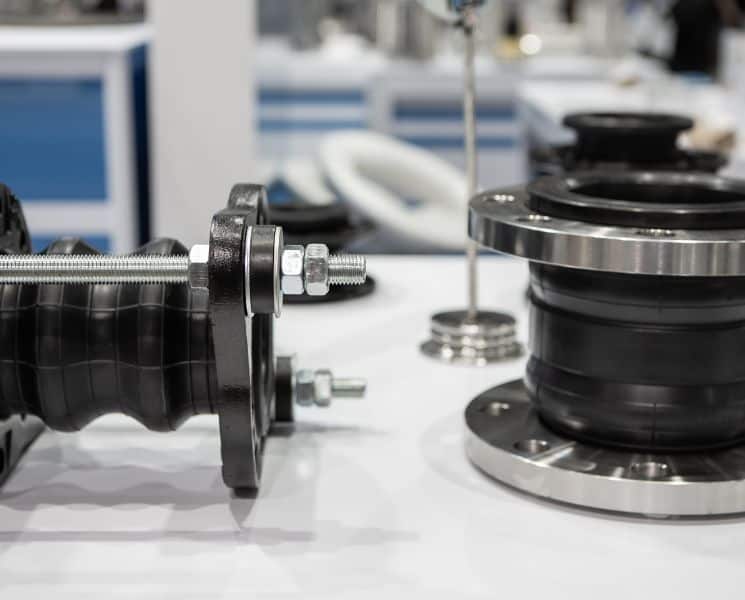When you add expansion joints to your pipes, it is essential to install pipe alignment guides as well. But you may wonder where you should place them. Discover in this brief guide to pipe guide spacing practices why they are so important and where they need to go on your pipeline.
Why Is Pipe Guide Spacing So Important?
People often overlook the significance of pipe alignment guide spacing, yet it plays a pivotal role in a piping system’s overall functioning and longevity. The spacing aids in managing and distributing the forces and movements exerted on the pipes from thermal expansion and pressure.
This ensures the system’s structural integrity and minimizes the risk of pipe buckling, which could lead to catastrophic system failures. Furthermore, correct pipe guide spacing can reduce wear and tear, minimizing maintenance needs and extending the system’s life span.
Where Should the First Pipe Guide Go?
One of the most important pipe guide spacing practices is determining the appropriate location for your first pipe guide. In general, you usually want to keep your first pipe guide close to the joint without exceeding the distance of your pipe’s diameter multiplied by four. For example, if you have a pipe with a diameter of 1.25 inches, you should not place the guide more than 5 inches away from your expansion joint.
Where Should the Second Pipe Guide Go?
Users should follow a similar pattern when determining the location of the second pipe guide. This time, multiply the pipe’s diameter by 14 and place it that distance from your first pipe guide. So, if your pipe has a diameter of 2 inches, do not position it more than 28 inches from your first guide.
During the installation process, try to install the guides so that they will avoid collisions that will result in harm. That will help you avoid frequent repairs and replacements down the line.
Triad Bellows is a trusted manufacturer and supplier of pipe alignment guides. We can provide you with products to help you better protect your pipes from the damage that lateral and axial movement can cause. Browse our site to learn more!

